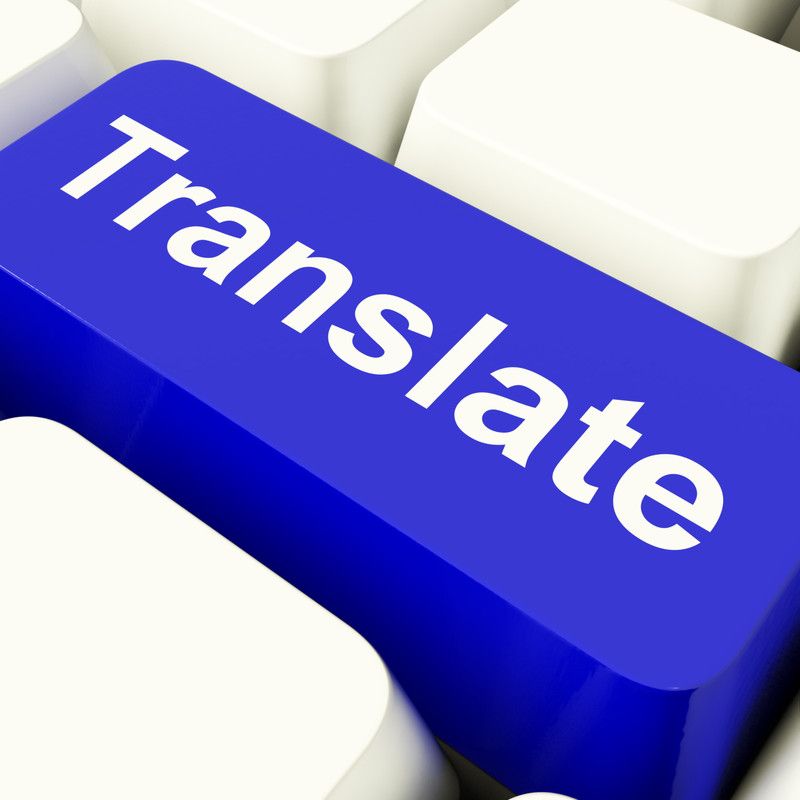A translation should seldom be literal
When faced with a text, before starting to translate, we all know that there a few vital things that we need to bear in mind. Firstly, a translation should seldom be literal. A literal translation runs the risk of being false or superficial, creating stilted sentences or false meanings that do not take into account linguistic and cultural differences. This could give a negative image or undermine the credibility of a company. As such, it is necessary to modulate texts by using natural language and syntax in the target language.
Appropriate context and terminology is vital
We must speak to our public in their language and, for this, we need native translators. However, this is not always enough for a great translation. It is very important that these translators conduct the necessary investigation into the subject matter in hand in order to produce a contextually appropriate translation which has the desired effect on its end users. In order to do this effectively, they need to stay abreast of the latest tendencies, innovations and cultural norms not just in their target country, but also among their specific target audience and in the specific field that they are working. This is the only way that they will be able to focus their efforts and successfully produce a translation fit for its intended purpose. This means that translators need to constantly research, investigate and update their knowledge of terminology and social and professional norms and apply it appropriately, depending on the topic in question as well as the text type and target audience. Additionally, by focusing on a text’s intended purpose, we can choose key words by using tools such as Google AdWords, Google Trends, etc. which help us to know which words are most often searched for and used in certain geographic regions, in certain languages, and on certain topics.
The latest tools and trends for translators
Search engine optimisation in each language means that a translation will be more visible on the web its target market, appearing among the top results in search engines.
Translators, as well as keeping up to date and constantly developing their knowledge in the areas they work in, must also keep up to date with the latest tools and trends in translation, and in communication as a whole, in order to carry out their translations to the very highest standard.




